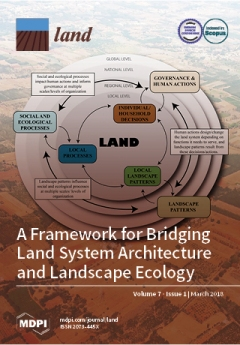Towards a Simpler Characterization of Urban Sprawl across Urban Areas in Europe
Urban sprawl is a concept commonly used to describe the physical expansion of urban areas. It is traditionally associated with lower residential density, poorer connectivity, and higher energy costs for heating and transport. From the period of 1980 to 2000, the extent of the built-up area in Europe has increased at a rate three times higher than that of population increase, and urban sprawl is now recognized as a major challenge. However, for policies to address this issue, it is essential to be able to identify and quantify sprawl.


